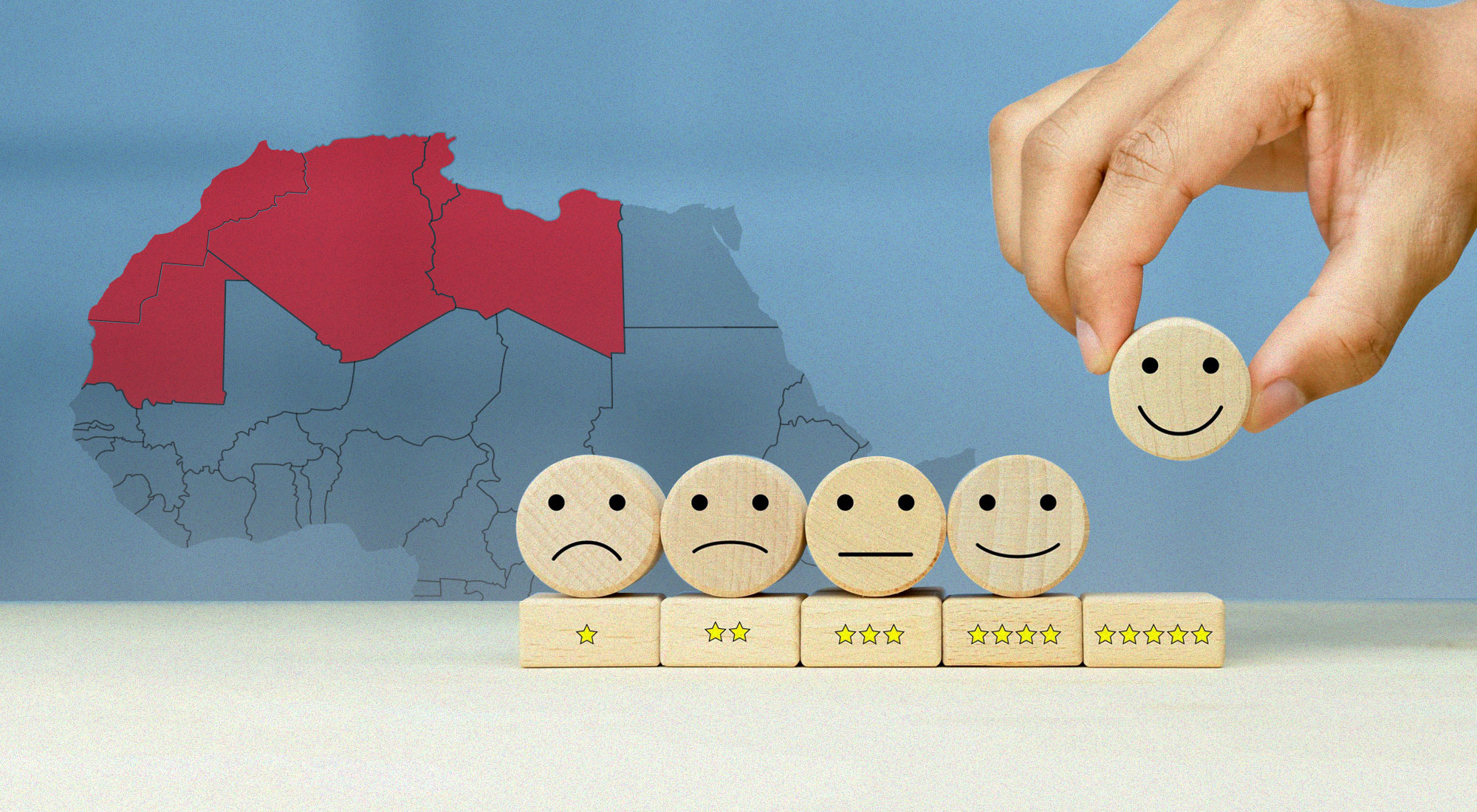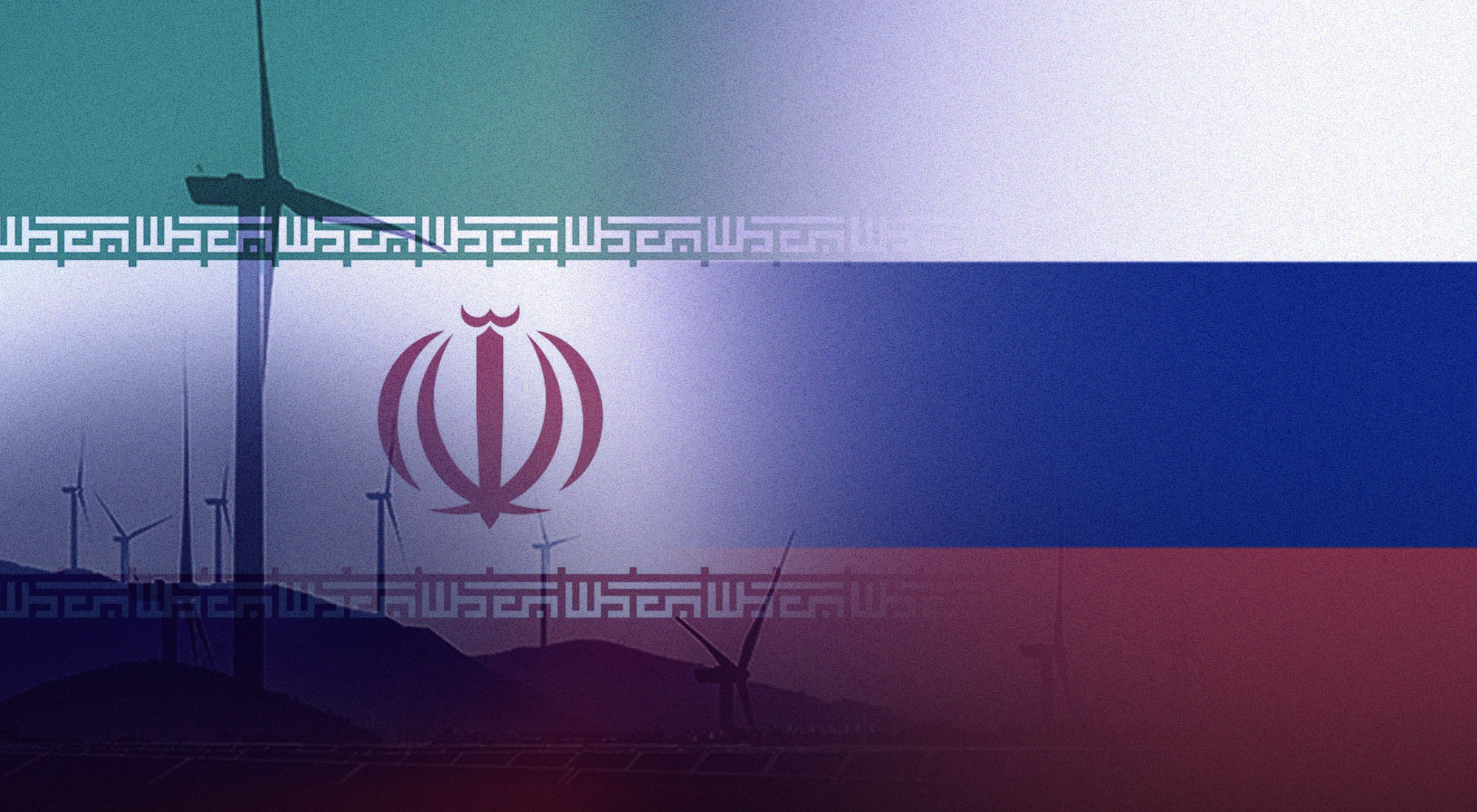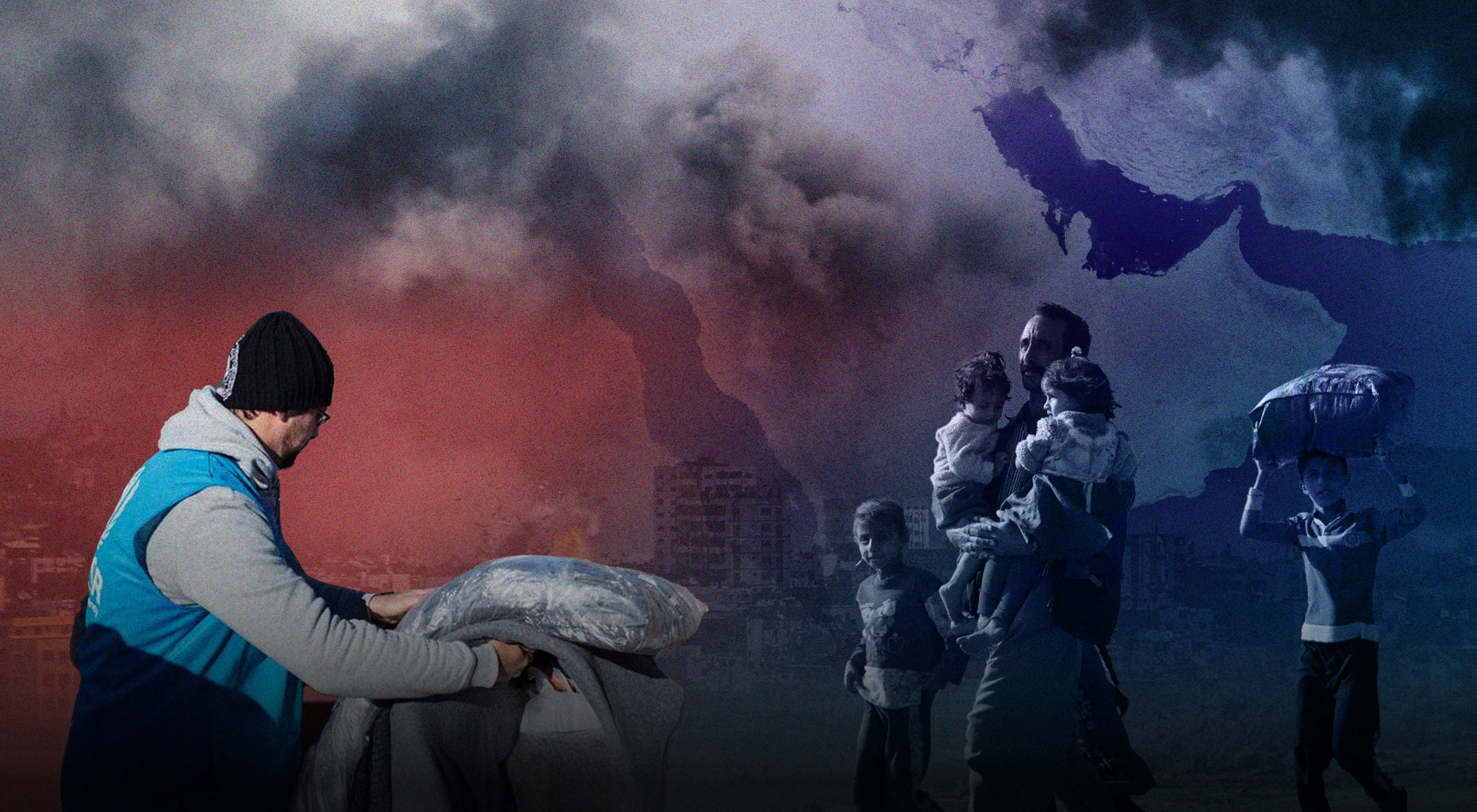On 19 September 2016 representatives from 193 UN Member States came together at the UN General Assembly to discuss topics related to migration and refugees at the global level. The adoption of the New York Declaration for Refugees and Migrants (“Declaration”), also known as the Comprehensive Refugee Response Framework (CRRF), recognized the need for a comprehensive, global approach to migration. As stated in its preamble, the adoption of the Declaration was a political declaration made as a response to a global demand for addressing the question of large movements of refugees and migrants. The Declaration also served as the basis for two parallel negotiating processes on migration that followed; namely, the Global Compact for Safe, Orderly and Regular Migration (GCM), and the Global Compact on Refugees (GCR). The UN Member States agreed to cooperate in the elaboration of the GCM, which was formally adopted at an intergovernmental conference on international migration on 10-11 December 2018 in Morocco. The New York Declaration for Refugees and Migrants also set in motion a separate negotiation process for GCR, which was adopted at the General Assembly on 17 December 2018.
Given the context of the global state of migration, the unique characteristic of the resulting GCM is its precedent-setting nature. It is the first, intergovernmental negotiated agreement, prepared under the auspices of the United Nations, to cover all dimensions of international migration in a holistic and comprehensive manner. Some critics might discredit it by rightfully stating that the document itself holds no legal obligation for any UN Member State. However, the purpose of GCM was to provide an outline for safe and orderly migration in a comprehensive manner. The GCM is meant to be consistent with target 10.7 of the 2030 Agenda for Sustainable Development in which Member States commit to cooperate internationally to facilitate orderly, safe and responsible migration. It does not bring about new ideas as much as it serves to elaborate on a particular part of the Sustainable Development Agenda and streamline a more effective way of addressing migration as one of the most acute global issues.
The New York Declaration for Refugees and Migrants
The 2016 Declaration begins with the statement that the world today is witnessing “an unprecedented level of human mobility.” According to the 2017 UN Migration Report, the number of international migrants worldwide has continued to grow rapidly in recent years, reaching 258 million in 2017, up from 220 million in 2010 and 173 million in 2000. In 2016, the total number of refugees and asylum seekers in the world was estimated at 25.9 million. The international community has considered how “it should best respond to the growing global phenomenon of large movements of refugees and migrants,” which created an avenue for the Declaration. The Declaration set the tone for (i) the parameters of international migration, and (ii) the framework of action by the international community to address its most acute aspects in a both proactive and retroactive manner. In other words, the Declaration expresses the political will of world leaders to save lives, protect rights and share responsibility on a global scale. It reiterates that, although their treatment is governed by separate legal frameworks, both refugees and migrants face common challenges and have similar vulnerabilities, especially in the context of large movements. Therefore, both groups ought to have the same universal human rights and fundamental freedoms, which is why both are included as equal addressees of the Declaration framework.
The key pillars of the Declaration focus on (i) reiteration of human rights, (ii) provision of education, (iii) prevention of and response to gender-based violence, (iv) bigger focus of positive contributions of migrants in host-societies, (v) improvement of humanitarian aid delivery to vulnerable communities, (vi) resettlement program enhancement, and (vii) strengthening of global governance of migration. The set of commitments that the Declaration endorses include an emphasis on the shared responsibility towards both refugees and migrants and an active collaboration with the private sector within the Sustainable Development agenda.
Although it is primarily a political declaration, the Declaration also specifies several concrete avenues of realizing its key pillars. The first avenue is the continuation of the Declaration via two tailored paths, one for migrants and the other one for refugees, via two conferences and an official endorsement at the UN. The second avenue is the development of a concrete and operationalizable set of guidelines on the treatment of migrants and vulnerable populations, both from the side of the UN Member States and an entire body of non-governmental organizations that work within the field. This also applies to various UN bodies. Despite providing a comprehensive framework that sets the basis for devising a concrete action plan, the document does little, however, to specify the stakeholders who will work on realizing the above-mentioned pillars and the commitments set forth in the Declaration.
The Global Compact for Safe, Orderly and Regular Migration
The Global Compact for Safe, Orderly and Regular Migration has been officially adopted by the UN at the conference on migration that took place on 9-11 December in Morocco. It is estimated that around 150 Member States participated in the conference. The Compact streamlines the guidelines for making migration “work for all,” as stated by the Secretary General, Antonio Guterres. Although both refugees and migrants ought to have the same universal human rights and fundamental freedoms, only the former group is entitled to specific international protection, defined by the international refugee law. To that extent, the Compact, as a continuation of the 2016 Declaration, refers to migrants and “presents a cooperative framework addressing migration in all its dimensions.” Under the umbrella of a common understanding, shared responsibility and a unity of purpose, the Compact sets forth 23 objectives:
- Collect and utilize accurate and disaggregated data as a basis for evidence-based policies.
- Minimize the adverse drivers and structural factors that compel people to leave their country of origin.
- Provide accurate and timely information at all stages of migration.
- Ensure that all migrants have proof of legal identity and adequate documentation.
- Enhance availability and flexibility of pathways for regular migration.
- Facilitate fair and ethical recruitment and safeguard conditions that ensure decent work.
- Address and reduce vulnerabilities in migration.
- Save lives and establish coordinated international efforts on missing migrants.
- Strengthen the transnational response to smuggling of migrants.
- Prevent, combat and eradicate trafficking in persons in the context of international migration.
- Manage borders in an integrated, secure and coordinated manner.
- Strengthen certainty and predictability in migration procedures for appropriate screening, assessment and referral.
- Use migration detention only as a measure of last resort and work towards alternatives.
- Enhance consular protection, assistance and cooperation throughout the migration cycle.
- Provide access to basic services for migrants.
16 .Empower migrants and societies to realize full inclusion and social cohesion.
- Eliminate all forms of discrimination and promote evidence-based public discourse to shape perceptions of migration.
- Invest in skills development and facilitate mutual recognition of skills, qualifications and competences.
- Create conditions for migrants and diasporas to fully contribute to sustainable development in all countries.
- Promote faster, safer and cheaper transfer of remittances and foster financial inclusion of migrants.
- Cooperate in facilitating safe and dignified return and readmission, as well as sustainable reintegration.
- Establish mechanisms for the portability of social security entitlements and earned benefits.
- Strengthen international cooperation and global partnerships for safe, orderly and regular migration.
Expected to be more concrete in strategy and its action plan, the Compact expands on the 23 objectives. For instance, objective 18 – Invest in skills development and facilitate mutual recognition of skills, qualifications and competences – expands on concrete initiatives on a local, regional, national, bilateral and multilateral level, including transparency of qualifications, technology and digitalization of degrees and programs, and formal and informal assessments of migrants’ skills. The strategic action plan of the Compact, as based on capacity-building, fund establishment and creation of open data sources for more information, also includes a follow-up mechanism for each of its objectives. The precise implementation strategy and the action plan are scheduled to be agreed upon in 2019.
The Global Compact on Refugees
In the New York Declaration, all 193 Member States agreed that “protecting those who are forced to flee and supporting the countries that shelter them are shared international responsibilities that must be borne more equitably and predictably.” The Declaration gave UNHCR the task of building upon the Comprehensive Refugee Response Framework (CRRF), in order to develop a global strategy on streamlining and tackling refugee-related issues. After 18 months of extensive consultations with UN Member States, experts, civil society and refugees, the UN High Commissioner for Refugees, Filippo Grandi, has presented the global compact on refugees as part of his 2018 annual report to the General Assembly in September. On 17 December, 181 States voted in favor of adopting the Compact at the UN General Assembly.
The Global Compact on Refugees has been built on the Comprehensive Refugee Response Framework (CRRF), which is based on a vision of shared responsibility and whole-of-society inclusivity. At its core, CRRF focuses on (i) easing pressure on refugee host-countries, (ii) building refugees’ self-reliance, (iii) revising refugee resettlement and other complementary pathways, and (iv) fostering conditions for refugees’ voluntary return.
The Compact itself contains a strategy for a multi-stakeholder approach to refugees via burden-sharing, which includes a more effective use of resources, multilateral arrangements to refugee assistance, and more streamlined data collection. The document also sets forth the guidelines for a yearly meeting of the Member States on a ministerial level in order to renew commitments and pledges, in addition to tracking progress. The comprehensive approach to specific refugee situations, as highlighted by the Compact, emphasizes the importance of national and regional arrangements, in addition to establishing a “Support Platform” of response:
- Galvanizing political commitment and advocacy for prevention, protection, response and solutions.
- Mobilizing financial, material and technical assistance, as well as resettlement and complementary pathways for admission to third countries.
- Facilitating coherent humanitarian and development responses, including through the early and sustained engagement of development actors in support of host communities and refugees.
- Supporting comprehensive policy initiatives to ease pressure on host countries, build resilience and self-reliance, and find solutions.
Moreover, the Compact also identifies areas in need of support and further development, including the initial reception and admission of refugees, and community support within host-countries.
Given that the emphasis for action was put on state-led efforts, the Leaders’ Summit on Refugees, which took place the day after the New York Declaration was adopted, 47 States committed to delivering concrete changes to help refugees thrive. As one concrete example, Argentina pledged to accept 3 000 refugees from Syria and its neighboring countries affected by the current humanitarian crisis, including through the “Special Humanitarian Visa Program for Foreigners Affected by the Conflict in the Syrian Arab Republic,” which gives priority to families with children. As another example, Bangladesh successfully completed a census of the undocumented Rohingya population and pledged to issue information cards to these people, which will provide protection and access to basic services, including freedom of movement, access to livelihood, and informal education opportunities. Djibouti pledged to present the Refugee Bill, which will provide access to education, legal work, and the justice system, to the National Assembly in 2016. In addition, Ethiopia pledged to expand its “Out of Camp” Policy to all refugees as defined by Ethiopian laws and policy documents, to benefit 75,000 refugees, or 10 percent of the current total refugee population in Ethiopia.
The above examples highlight but a few early commitments that have primarily taken on a country-specific shape rather than an attempt at any type of multilateral or bilateral approach to refugee issues. Thus, the proposed global compact on refugees comes as an integral part of furthering the policies and scaling them up from individual Member States. Informally framed as the “new refugee deal,” the Compact enjoys wide support from world leaders and other key stakeholders. The involvement of development actors is key in the success of the global compact. The president of the World Bank, Jim Yong Kim, described the international agreement as “an example of how multilateralism can and should work.”
Conclusion
Leading up to the adoption of the Global Compact for Safe, Orderly and Regular Migration and the Global Compact on Refugees, UNHCR has issued monthly reports on national, regional and global initiatives to mark the progress and implementation of the New York Declaration. The most concrete aspects of the progress reports, however, have been made on national level with no indication that bilateral and multilateral plans of action have been instigated further than national borders. Some progress reports do not even mention any regional or global initiatives that serve as concrete examples of the Declaration’s timely implementation, unless they are instigated by the UN on particular topics, such as establishing complementarity between humanitarian and development actions.
With the acknowledgement of their ambiguities, the New York Declaration and the two subsequent Global Compacts on migration and refugees set the foundations and a blueprint for governments, international organizations and other stakeholders to provide a stronger response to migration flows, invest in refugees and migrants in order to make both more self-reliant, ease the pressure on host-countries under a scheme of responsible burden-sharing, and invest in local communities under a whole-of-society approach.








